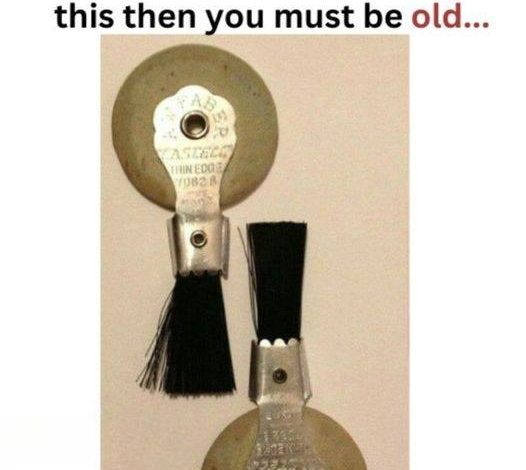
ADVERTISEMENT
Sharper Edge: The Forgotten Art of the Razor Blade Sharpener
In an era when disposable was not the norm, the razor blade sharpener stood as a testament to thrift and ingenuity in personal grooming. This small, mechanical device, often made of metal, was a bathroom staple for those who wished to extend the life of their razor blades.
ADVERTISEMENT
History and Mechanism
Razor blade sharpeners like the one in the image, typically from the mid-20th century, featured a simple yet effective design. Users would insert a double-edged blade into the device, and through a manual mechanism involving either rotating wheels or a series of abrasive surfaces, the blade was honed to a fine edge once more. This not only ensured a closer shave but also significantly reduced the frequency of blade replacement.
Cultural Significance
The razor blade sharpener represents a bygone era of durability and sustainability, a stark contrast to today’s throw-away culture. It harks back to a time when items were made to last and to be repaired, not replaced. This device taught the value of maintenance and care, encouraging users to look after their possessions diligently.
Decline and Legacy
With the advent of cheaper, disposable razor blades and later, advanced shaving technology, the popularity of blade sharpeners waned. However, they remain a symbol of resourcefulness and are cherished by antique collectors and those with a nostalgic yearning for the tactile, hands-on approach of earlier times.
Today’s Perspective
In today’s context, where sustainability is becoming increasingly crucial, the concept behind the razor blade sharpener is more relevant than ever. It reminds us of the potential to reduce waste and conserve resources through simple, innovative solutions.
Razor blade sharpeners, though not commonly used now, offer a fascinating glimpse into the practical daily technologies of the past. They remind us that sometimes, the old ways can still hold valuable lessons for the present.
ADVERTISEMENT




